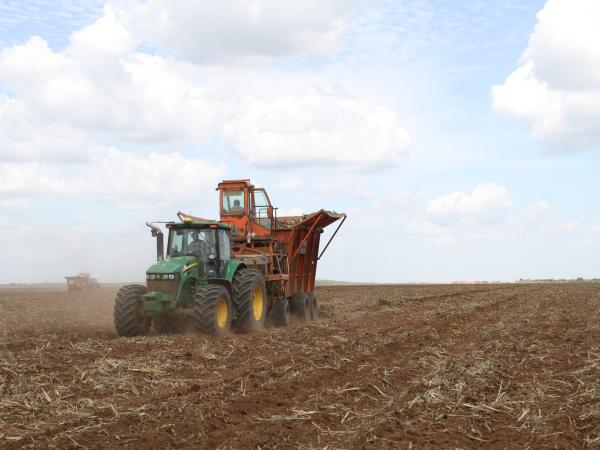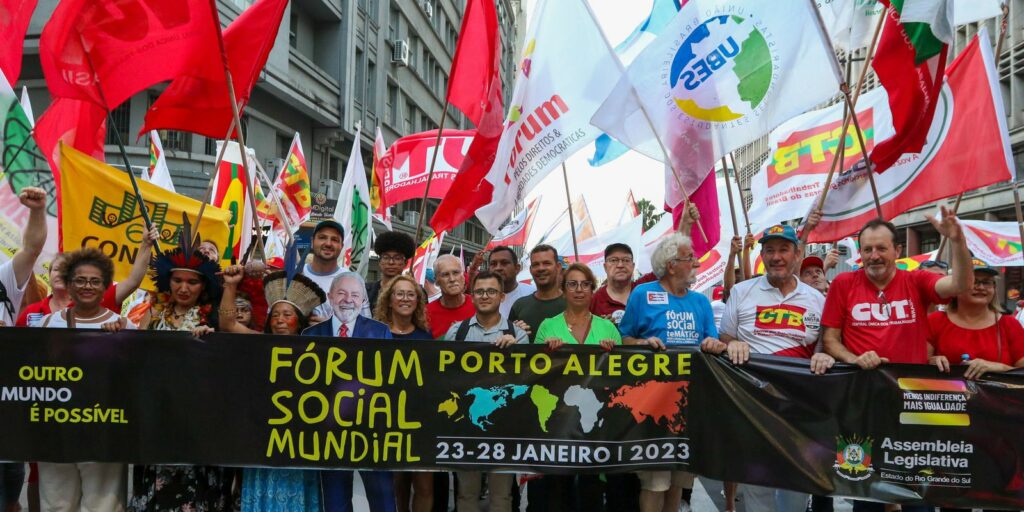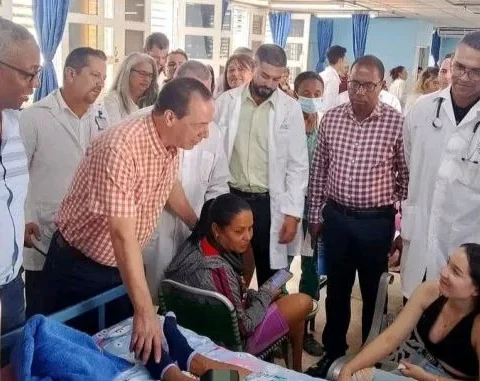The transition towards sustainable agriculture is a task that nations have at a global level. world to have a fair game with the systems food and the environment.
Chris Mitchell, managing director & partner at Boston Consulting Group (BCG)spoke with Portafolio about the measures that emerging countries can take in terms of transition towards sustainability in farming.
(See: ‘Food price controls generate more inflation’).
Does agriculture have a percentage in the emission of gases?
There are two parts, 35% of greenhouse gases come from this sector and it is because we use petrochemicals to make fertilizers and generate nutrition for crops and their yield.
The other part has to do with the way we grow food, in monoculture. The use of synthetic fertilizers based on petrochemicals has generated an imbalance with the natural system.
We are excessively dependent on plants and animals. This group accounts for 70% of food, which leads us to think that we have to move away from petrochemicals and rebalance ourselves with nature.
If you don’t use petrochemicals, where should you aim?
We have to test new hybrid approaches. We need some synthetics such as phosphorus, which is very difficult to find in organic matter. We can mix it, even with organically produced minerals. We are making this situation visible to work in concert with nature.
(See: Why the Colombian agricultural sector is going through a hard present).
Is it possible to achieve sustainable goals?
Globally the agriculture system is targeted by $700 billion in subsidies. Unfortunately we have to take those subsidies and bring them into production systems, but many of these are there to perpetuate existing social and environmental policies.
The fastest way would be to take existing subsidies and mechanisms, but use them in more regenerative production.
You also have to think about a renewable energy approach, if you want to have hydrogen or PV widely available, there is a cost curve. We must invest in technology for more sustainable production.
Chris Mitchell, BCG managing director & partner.
WEATHER Archive
What about modified seeds?
This is on a spectrum. On the one hand we have seed banks, marketing and native practices. So we do selective breeding that is not GMO, that is not genetic, and then we have genetic editing. What we do know is that temperature variability requires seeds that are more robust and resilient to floods, droughts, and heat.
What is not really clear is whether it should be done due to genetics or other types of practices. Today it is not only about seeds but about the diversification of diets. The question now is, how do you go about diversifying, with seed crops that are not necessarily improved by science or have a massive amount of modification.
How does the company from emerging countries achieve sustainable agriculture?
Is not easy. We have to think about how to have enough resilience within the agri-food system to support local production, especially in grains, seeds, and legumes, which make up 60% of the food. We cannot always depend on imports from other countries.
We must have an opportunity for local companies to diversify the sources of these foods and enable food sovereignty. This will help support subsidies, but it will also allow lower capital costs so that companies can have what they need to grow. Often in agriculture the most difficult thing is commercial credit and that is the way in which most businesses in the world work, it is time to unlock this type of credit.
What is the percentage of emissions from agriculture?
It is between 30% and 35% of greenhouse gas emissions.
(See: Colombian agriculture aims to improve productivity in 2023).
Are industrial countries sustainable?
It is very difficult to change the systems of highly industrialized countries. The goal should be that less developed countries choose which innovations to use, that maintain the diversity of diets, of production systems so that they do not completely take an American or European model.
If one can speak of a place that practices it, it is Latin America, we have smaller ones with cooperative movements, with a variety of diets and crops. Then it is possible to arrive at an optimized food system from a less developed position. Funding and policies framed in the government will be required.
Is sustainable agriculture applied in the region?
It is applied to varying degrees, for certain countries and crops. 70% of agricultural inputs are controlled by four companies that have great influence. The trend towards high mechanization and monocultures continues to be the direction in which most countries travel.
(See: Agriculture is still in suspense due to the shortage of fertilizers).
This is going to require a ‘steering’ towards something more concentrated, but it is possible in countries that have not gone towards great industrialization. Colombia has a great opportunity to reach a more optimal state.
DIANA K. RODRIGUEZ T.
PORTFOLIO JOURNALIST

















